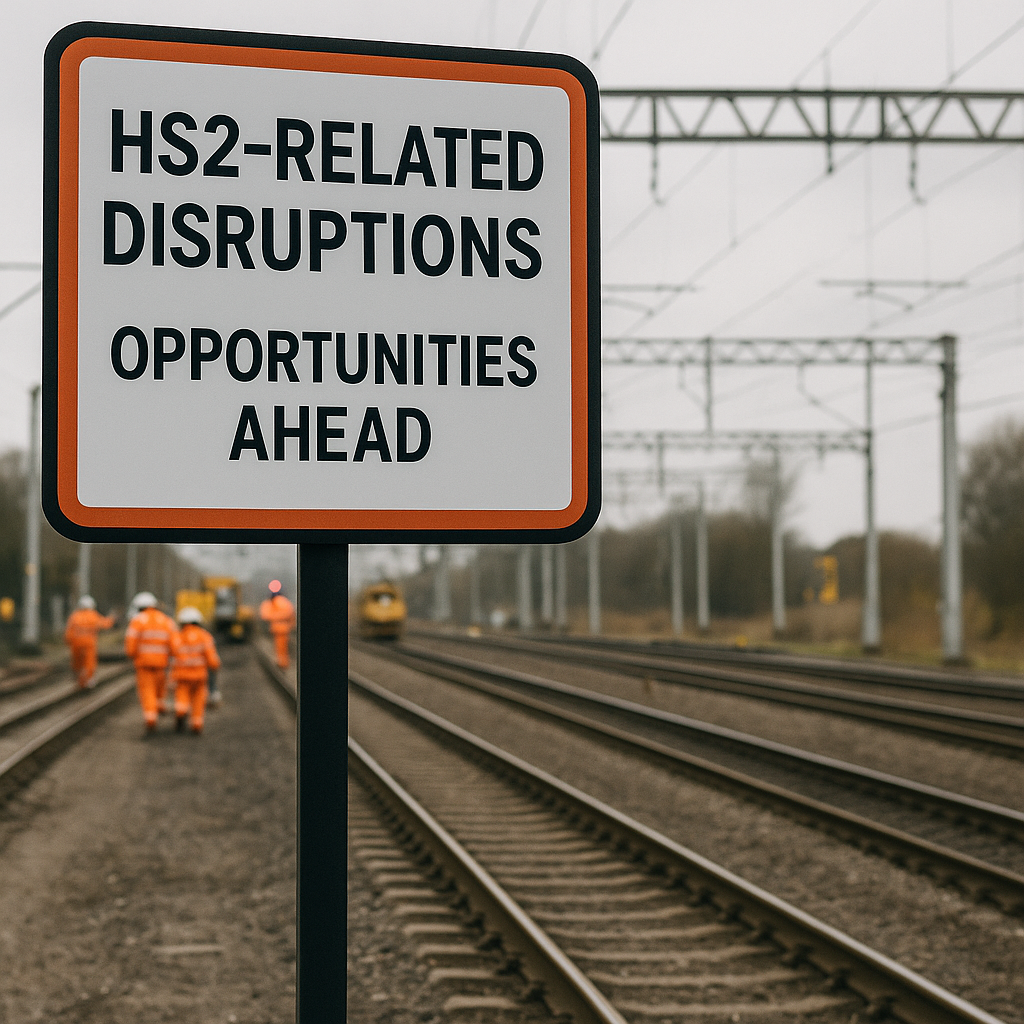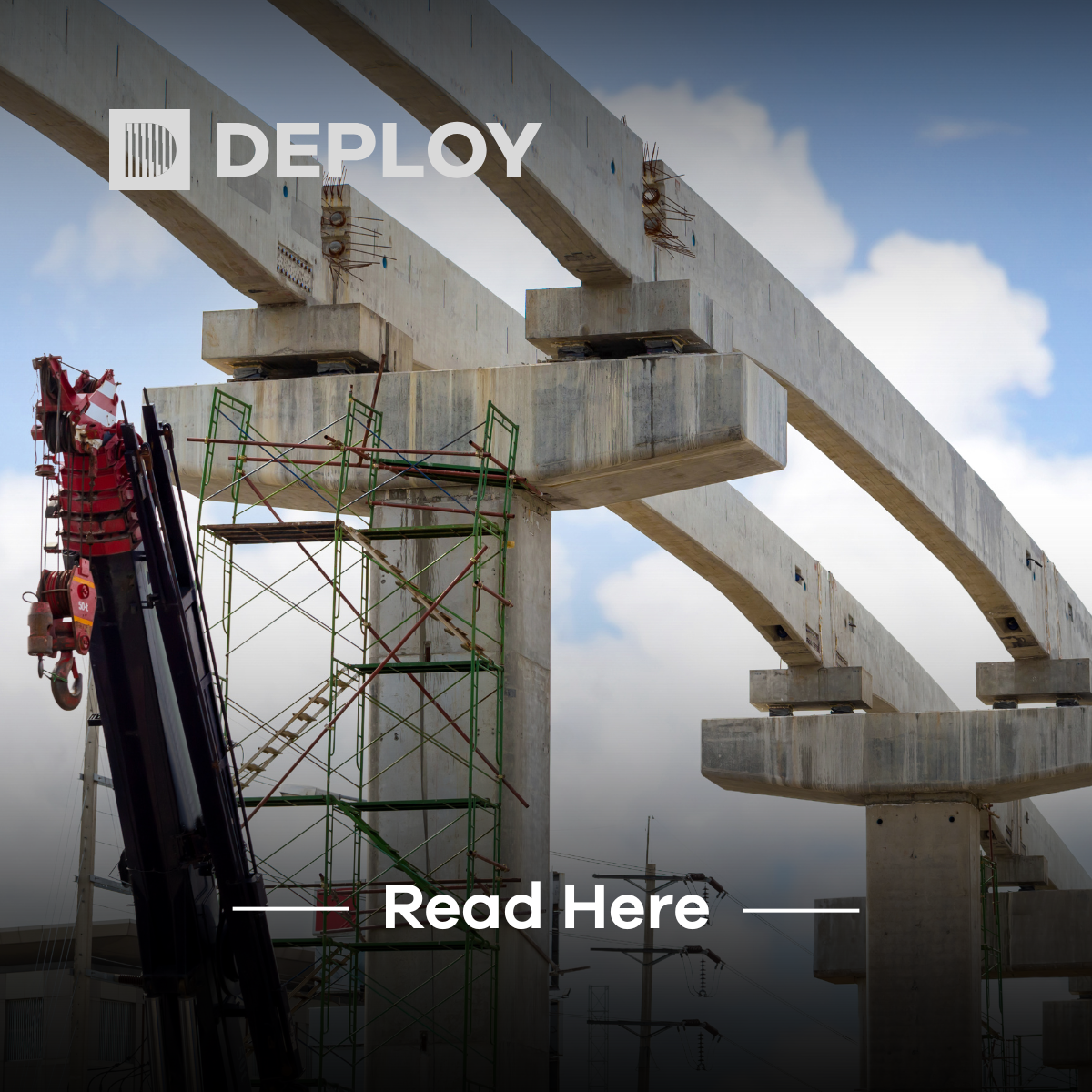The IT and technology sector is a dynamic and rapidly evolving industry that encompasses a wide range of activities related to information technology, software development, hardware engineering, telecommunications, and digital services. It plays a crucial role in driving innovation, digital transformation, and connectivity across various sectors.
Making good hires is key in this sector as skilled professionals in areas such as software development, data&BI, information security and cloud are essential for developing robust IT systems, delivering cutting-edge software solutions, ensuring data security, and driving technological advancements.
Recruitment agencies specialising in IT and technology play a critical role in sourcing and connecting these skilled professionals. Identifying and hiring tech talent isn’t easy in today’s market which makes selecting the right strategic recruitment partner essential. Selection of the right recruitment partner enables organisations to build competent teams that can meet the evolving demands of the industry, drive digital innovation, and stay ahead of the competition. By making strategic hiring decisions, companies can leverage technology effectively, enhance operational efficiency, and unlock new opportunities for growth and success in the digital age
Why choose Deploy?
Get in touch today to speak to one of Deploy's IT & Technology sector experts.
We are a modern organisation that keeps up to data with the latest technologies and changes in the fast-paced world of tech.
We proactively build talent pools of candidates in niche and emerging fields such as AI and data analytics.
We have access to a diverse range of candidates across the entire tech industry and are able to supply organisations with top talent whilst also achieving diversity and inclusion metrics.
Search our latest IT and technology jobs
IT and Technology
Lorem Ipsum has been the industry's standard dummy text ever since the 1500s, when an unknown printer took a galley of type and scrambled it to make a type specimen book. It has survived not only five centuries, but also the leap into electronic typesetting, remaining essentially unchanged. It was popularised in the 1960s with the release of Letraset sheets containing Lorem Ipsum passages, and more recently with desktop publishing software like Aldus PageMaker including versions of Lorem Ipsum.
It is a long established fact that a reader will be distracted by the readable content of a page when looking at its layout. The point of using Lorem Ipsum is that it has a more-or-less normal distribution of letters, as opposed to using 'Content here, content here', making it look like readable English. Many desktop publishing packages and web page editors now use Lorem Ipsum as their default model text, and a search for 'lorem ipsum' will uncover many web sites still in their infancy. Various versions have evolved over the years
There are many variations of passages of Lorem Ipsum available, but the majority have suffered alteration in some form, by injected humour, or randomised words which don't look even slightly believable. If you are going to use a passage of Lorem Ipsum, you need to be sure there isn't anything embarrassing hidden in the middle of text. All the Lorem Ipsum generators on the Internet tend to repeat predefined chunks as necessary, making this the first true generator on the Internet.
#DEPLOY FEED
News.













